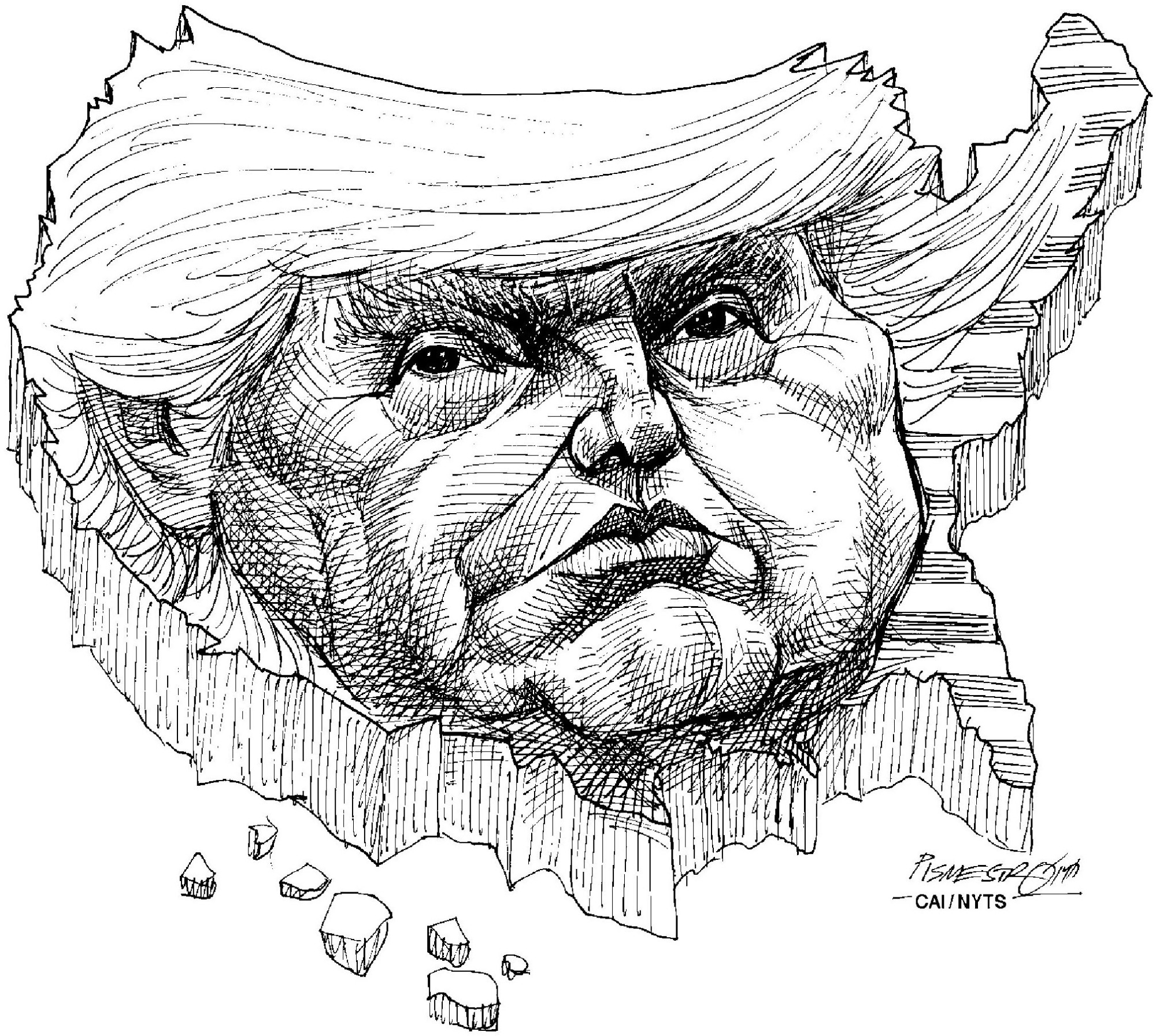A key focus of U.S. President Donald Trump's inaugural address in January was on bringing manufacturing back to the United States and restoring employment opportunities. A number of American companies, including Ford Motor, have canceled plans to build new plants in Mexico to shift investments back to their homeland. If this constituted the first wave, the second may be transferring production back from China to the U.S., and the third might be a similar changeover from Southeast Asia. These moves could deal a serious unexpected blow to Japanese manufacturers that have been building a tight production network in Asia as a key source of their global competitiveness.
It was against this background that Hon Hai Precision Industry Co. of Taiwan surprised the world by announcing last month that it would invest $7 billion in the U.S. On Jan. 22, its chairman, Terry Gou, revealed the first phase of the plan, construction of a new LCD panel plant that would be one of the largest of the latest generation of its kind.
That news caught the Japanese electronics industry off-guard. The world's production of LCD panels has been concentrated in China, Japan, South Korea and Taiwan, but the supply capacity has already exceeded demand. The situation is about to be exacerbated further with a number of new large and state-of-the-art LCD panel plants being planned in China. Should the U.S. become a new supply source, there may develop not only a cutthroat competition among the manufacturers but also an industrial warfare between countries.



